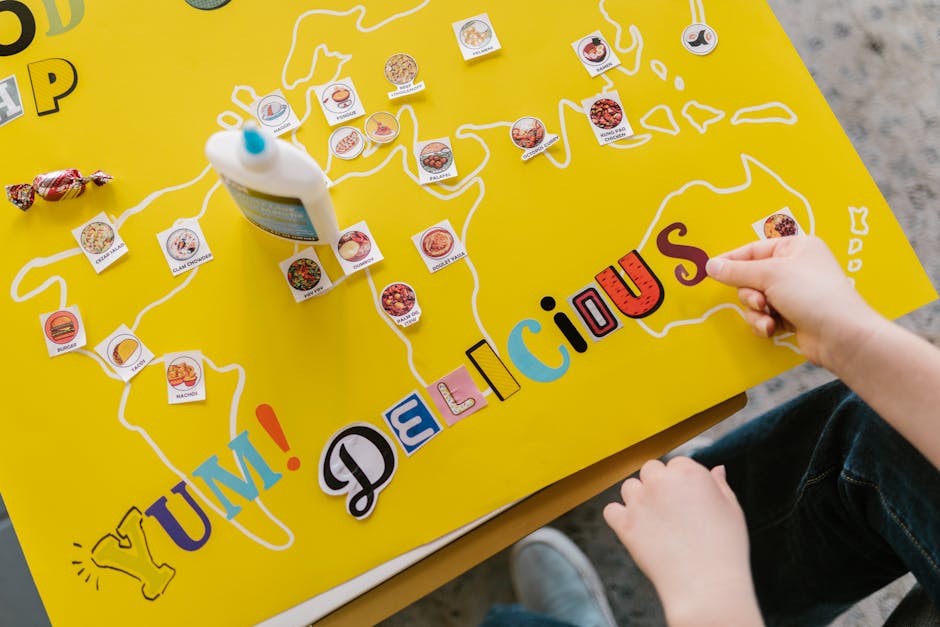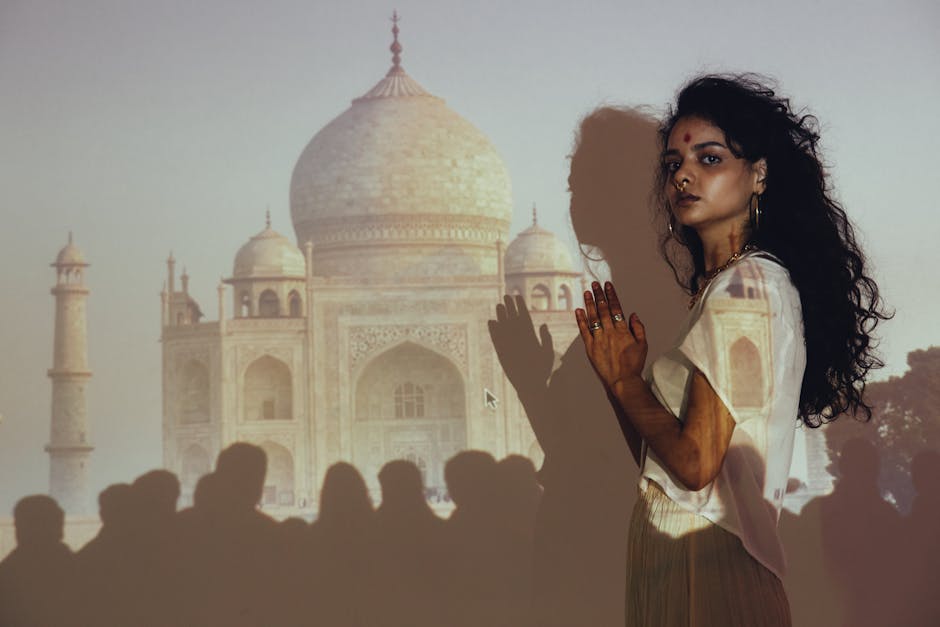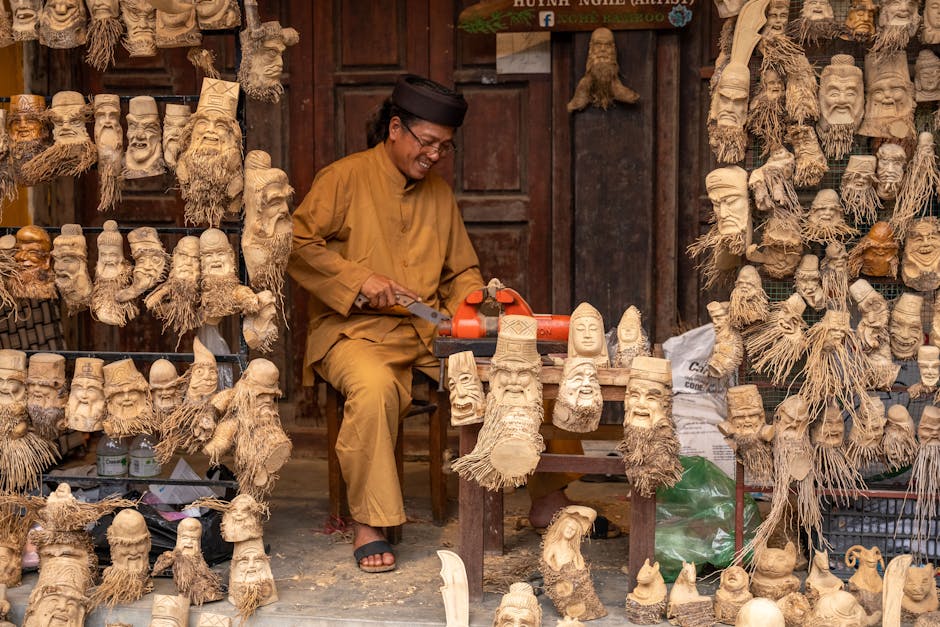Cross-Cultural Arts Projects: Exploring the Fusion of Creativity and Diversity
When art transcends borders, cultures, and languages, it has the power to unite people, foster understanding, and celebrate diversity. Cross-cultural arts projects are a testament to the transformative nature of creativity, where artists from different backgrounds come together to create something truly unique and impactful. From collaborative exhibitions to intercultural performances, these projects offer a platform for cultural exchange, dialogue, and expression. In this article, we delve into the world of cross-cultural arts projects, exploring their significance, challenges, and potential for change.
The Power of Collaboration: Uniting Cultures Through Art

Cross-cultural arts projects bring together artists, musicians, dancers, and performers from diverse backgrounds to collaborate on creative endeavors. These collaborations often result in innovative and thought-provoking works that reflect the rich tapestry of cultures involved. One such example is the Collaborative Canvas Project, where artists from different countries contribute to a single canvas, each adding their unique perspective and style to create a truly global artwork.
Through collaboration, artists learn from each other, exchange ideas, and challenge their own cultural assumptions. This process of cultural exchange not only enriches the creative output but also fosters a sense of unity and mutual respect among participants. By working together, artists can overcome language barriers, cultural differences, and geographical distances to create something beautiful and meaningful.
Cultural Heritage Preservation: Revitalizing Traditional Art Forms

One of the key aspects of cross-cultural arts projects is the preservation and promotion of traditional art forms. In an increasingly globalized world, many indigenous and folk art traditions are at risk of being lost or forgotten. Through cross-cultural collaborations, artists can revitalize and reinvent these art forms, ensuring their continued relevance and visibility.
For example, the Global Folklore Project brings together artists from different countries to share and celebrate their traditional music, dance, and storytelling practices. By showcasing these art forms on a global platform, the project not only preserves cultural heritage but also introduces audiences to the richness and diversity of world cultures.
Social Justice and Advocacy: Using Art for Change

Art has the power to provoke thought, spark conversations, and inspire action. Cross-cultural arts projects often tackle important social issues such as discrimination, inequality, and human rights abuses. By addressing these issues through creative expression, artists can raise awareness, promote empathy, and drive positive change in society.
The Art for Equality Project is a prime example of how art can be used as a tool for social justice and advocacy. Through a series of exhibitions, performances, and workshops, the project highlights the experiences of marginalized communities and challenges existing power structures. By amplifying the voices of those often unheard, artists can create meaningful dialogue and inspire collective action.
Challenges and Considerations in Cross-Cultural Arts Projects

While cross-cultural arts projects offer a wealth of benefits, they also come with their own set of challenges and considerations. One of the primary challenges is navigating cultural differences and ensuring that all participants feel valued and respected. Miscommunications, misunderstandings, and conflicts can arise when working across cultural boundaries, requiring a high level of sensitivity and cultural competency.
Another consideration is the issue of cultural appropriation, where artists from dominant cultures may unintentionally or intentionally borrow elements from marginalized cultures without proper acknowledgment or understanding. It is essential for artists involved in cross-cultural collaborations to approach their work with humility, respect, and a willingness to learn from others.
Future Implications and Opportunities for Growth
As the world becomes increasingly interconnected, the potential for cross-cultural arts projects to flourish and make a lasting impact continues to grow. With advancements in technology and communication, artists can now collaborate across continents in real-time, breaking down barriers and expanding the possibilities for creative expression.
Virtual reality technology, for example, has opened up new avenues for artists to connect, create, and exhibit their work in immersive digital spaces. Projects like the Virtual Art Exchange allow artists to showcase their work to a global audience, transcending physical limitations and reaching new heights of creativity.
The Role of Education and Cultural Institutions
Educational institutions and cultural organizations play a crucial role in supporting and nurturing cross-cultural arts projects. By incorporating multicultural perspectives into curricula, providing resources for collaboration, and fostering a climate of inclusivity, these institutions can help cultivate a new generation of artists who are equipped to engage with diverse audiences and communities.
Workshops, residencies, and mentorship programs that focus on cross-cultural collaboration can further enhance the skills and knowledge of emerging artists, preparing them to navigate the complexities of a globalized art world. By investing in the next generation of artists and creatives, educational and cultural institutions can ensure the continued growth and success of cross-cultural arts projects.
Expert Opinions: Insights from Leaders in the Field
We had the opportunity to speak with renowned artist and cultural activist, Dr. Maya Patel, about the significance of cross-cultural arts projects in today’s society. According to Dr. Patel, “Cross-cultural collaborations have the power to challenge stereotypes, break down barriers, and create a shared sense of humanity. By bringing together artists from diverse backgrounds, we can foster empathy, understanding, and social change.”
Dr. Patel also emphasized the importance of reciprocity and mutual respect in cross-cultural collaborations, stating that “It is essential for artists to approach their work with an open heart and mind, willing to learn from each other and celebrate the richness of cultural diversity. Only through genuine dialogue and exchange can we create truly transformative and inclusive art.”
Conclusion: Embracing Diversity Through Creativity
As we have explored the world of cross-cultural arts projects, it becomes clear that creativity knows no bounds and that art has the power to transcend cultural divides, foster understanding, and promote social change. By embracing diversity, celebrating heritage, and advocating for justice, artists can truly make a difference in the world.
Whether through collaborative exhibitions, traditional art preservation, or social justice advocacy, cross-cultural arts projects offer a platform for artists to connect, engage, and inspire. As we look to the future, let us continue to support and champion these projects, recognizing the transformative potential of art to unite us in our shared humanity.
To wrap things up, let us remember the words of the great artist Pablo Picasso, who famously said, “Art washes away from the soul the dust of everyday life.” Through cross-cultural arts projects, we have the opportunity to cleanse our souls, connect with others, and create a more vibrant and inclusive world for all.




